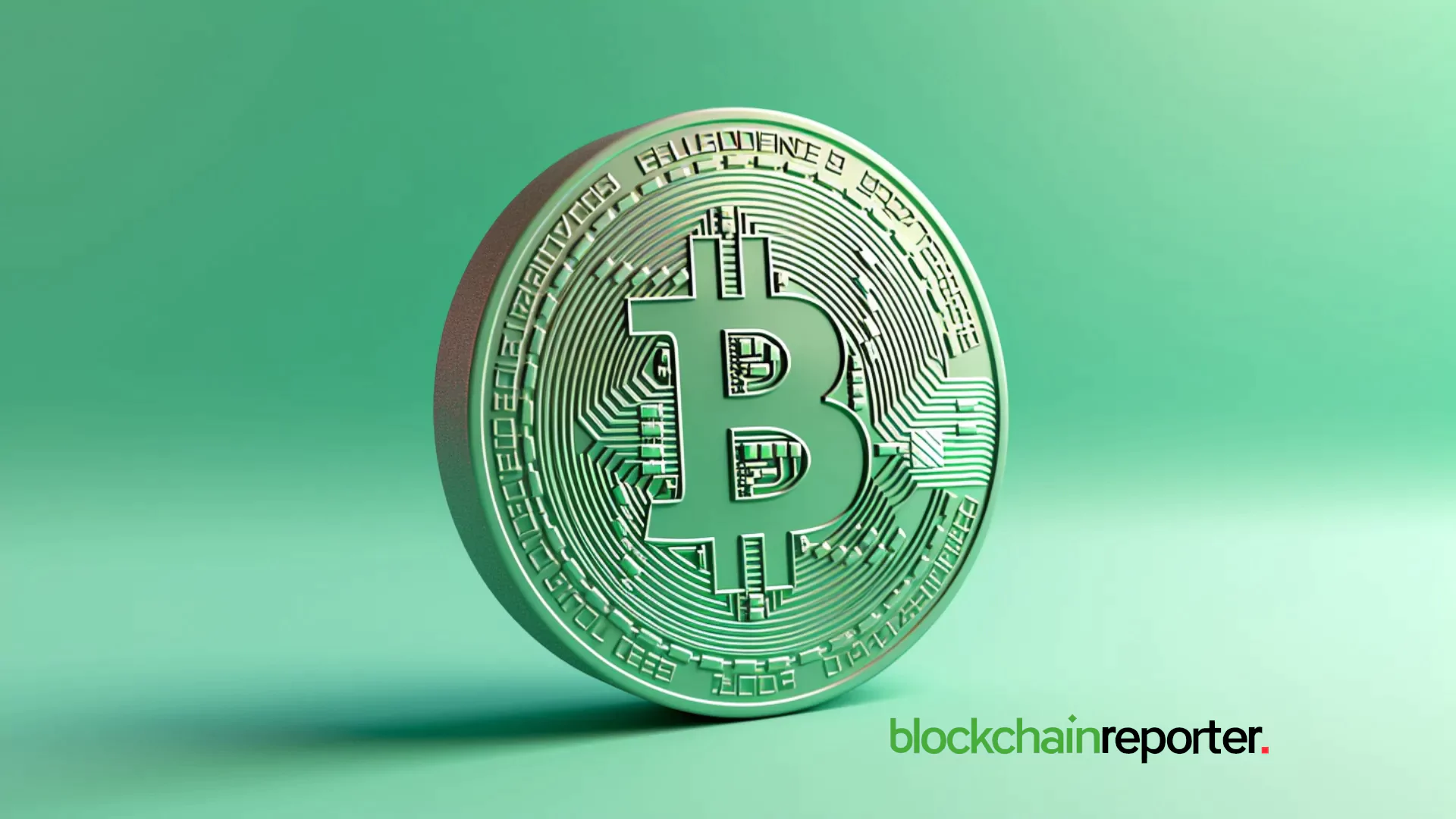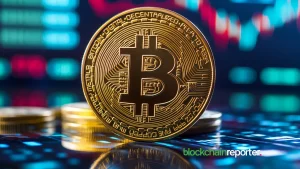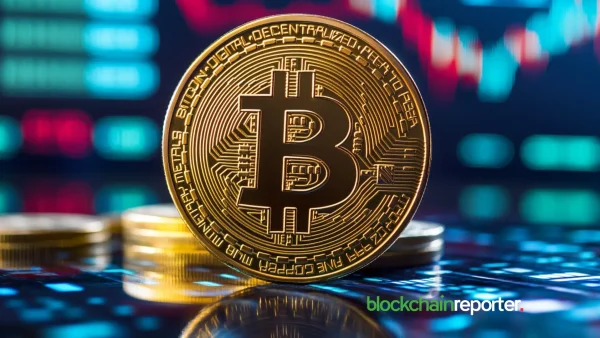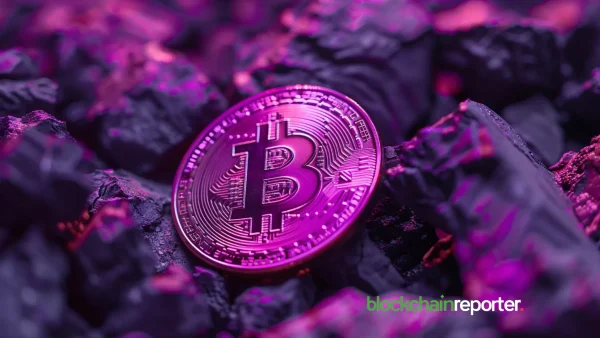
The cryptocurrency market has seen the strong progress of Bitcoin for a while now. However, in the recent landscape, there seems to be a temporary pause in the coin’s rise. Bitcoin tripled its value in 2021, but it backfired this time right after crossing the previous all-time high. For the last two months, the coin had been trading sideways. The pause brings to the question: what will drive the coin to break this phase? The current structure suggests there is still much potential for growth in this cycle.
Global Money Supply Shifts Impact Bitcoin’s Value Trends
In the past, Bitcoin value has had periods of rapid growth when coinciding with significant expansions in the global money supply. This current, referred to as a period of abundant liquidity and robust investor risk appetite, triggers phases of fresh capital flows entering the market through retail investors playing FOMO. This trend always turns volatile when it becomes a frequently referenced occurrence.
However, the year-over-year M2 change, which grew to a neutralization position as recently as early 2024, retraced to negative levels. The situation occurred on the back of persistently high U.S. inflation indicators, resulting in a reassessment of market expectations for interest rate cuts in 2024 from five to two.
Attention on U.S. CPI Data as Bitcoin Holds Steady Amidst Market Wait
There is yet little on-chain evidence that immediate demand will increase at a pace sufficient to push prices in any significant way. On the supply side, selling pressure seems to not be as strong based on the continued stability at the $60,000 level enjoyed by LTHs and significantly reduced profit margins for STHs.
As a result, this implies that the market is likely to consolidate on a horizontal basis until new catalysts allow for more discreet movements. Still, considering profitability, leverage, and coin age distribution in the market structure, it is possible that the next rally will be way steeper for this emerging cycle.
The most probable scenario is that Bitcoin will more or less consolidate at present levels until a change in the macro environment happens, like the upcoming U.S. interest rate first cut in September, will increase the desire for the instrument and be the trigger for this last run of the cycle. In the meantime, all attention is on the U.S. CPI data set to be released this week, which could affect market sentiment regarding short-term monetary policy severely.








